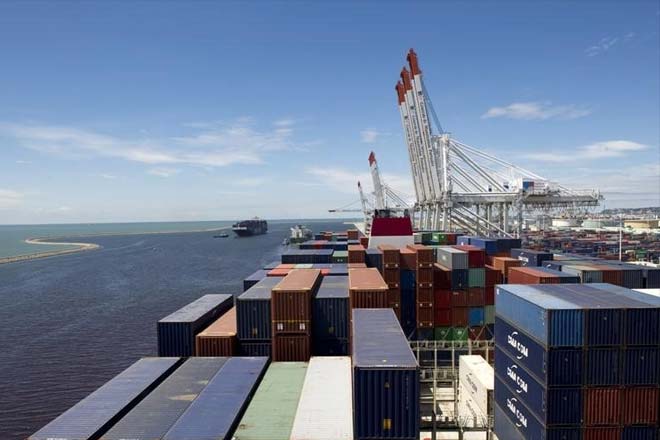
To help achieve this vision, Dawood disclosed the intention of the government to announce a comprehensive industrial policy to shun the culture of importing everything and emphasised the need for “Made in Pakistan”. He also criticised the free trade agreements (FTAs) which Pakistan had signed with different countries by citing the rising trade deficit with China, Indonesia and Malaysia. The adviser also reminded his audience that all Asian tigers had relied on government’s support for “self-sufficiency”.
This vision emanates from an old yet common fallacy: mercantilism.
Before analysing Dawood’s statement, let me first explain a few basic points. Trade takes place between individuals and firms and not between countries. The so-called trade deficit is between two countries only notionally. Realistically, the trade deficit, or surplus, is an aggregate of trade transactions between firms in two countries. It is only a construct of macro-economics. Therefore, any discussion on the so-called trade direction should be driven by an analysis of firms.
Consider this example by my favourite professor, Christopher Lingle. In all likelihood, if you have bought any goods from Amazon, you would have paid from the money which you have earned elsewhere. However, it will be quite foolish to say that you are running a trade deficit with Amazon as you will probably never sell anything to Amazon. If it is foolish to worry about this fictional deficit between the two private parties, it is futile to worry about trade deficit between two countries. What should be discussed is the overall trade volume and its direction for a country with the world.
Let’s now think about import substitution. First of all, it is not new. Pakistan has followed this strategy since the 1960s. Import substitution entails local production to shun imports. Can we, for example, shun the import of car engines, fuel and phones and switch to producing car engines, refined fuel and mobile phones ourselves? Do we need to re-invent the wheel?
The government has continued to provide direct support for textiles in the form of concessionary loans, subsidies or tariffs. As a result of this protection, most of the textile firms have not been able to grow. On the other hand, the government has generally failed to fulfil their minimum demand - a reliable and competitive energy infrastructure.
Free trade
Let’s think about the FTAs. It is true that Pakistan has exported less and imported more as we signed the FTAs with different countries including Malaysia, China and Sri Lanka. But it is also true that overall trade volumes with these countries, or with the firms of these countries, have increased tremendously.
Dawood also cited the examples of Japan, South Korea, Malaysia, Vietnam and Cambodia and recalled that they supported their industrial sectors to achieve self-sufficiency. In the case of Japan and Korea, their governments played a supportive role for selective firms focusing on the export leadership.
In the case of Malaysia, the government played a supportive role in attracting foreign direct investment (FDI) in the manufacturing sector. Especially in the Northeast Asian economies, the governments were successful in not actually picking the winners but shunning the losers.
However, none of these Asian tigers achieved or aimed to achieve self-sufficiency. All these countries became export power houses but they did not aim to achieve, let’s say, self-sufficiency in the electronics sector. They targeted to achieve economies of scale and higher productivity, which opened world markets for them.
Exports to world markets, in turn, are only possible if we develop competitiveness and if there is a continued demand from large markets, which has squeezed considerably. The opportunities, which were present in the 1970s and 1980s, are no more there. We do not need to go back to the half-century-old import substitution mantra.
Balance of payments
And finally that perennial balance of payments problem. In the short term, the only way to reduce the balance of payments deficit for Pakistan is to increase the remittance flow. In the medium term, Pakistan should aim at increasing the FDI. And only in the long run, we can hope to increase exports and especially in selective services in which Pakistani individuals and firms excel such as information technology.
Obviously, I am not mentioning the stop-gap arrangements through friendly countries.
The firm which Dawood himself founded decades ago, Pakistan’s largest engineering company, actually presents a great example of export of services through competitive products, though the state has played a facilitative role. Learning from his own example, Dawood should inform his audience: let’s not shun imports; let’s shun protectionism, inefficiency and rent-seeking.
The writer is the founder of PRIME Institute, an independent think tank based in Islamabad
Published in The Express Tribune, January 21st, 2019.
Like Business on Facebook, follow @TribuneBiz on Twitter to stay informed and join in the conversation.

1725877703-0/Tribune-Pic-(5)1725877703-0-165x106.webp)















COMMENTS (1)
Comments are moderated and generally will be posted if they are on-topic and not abusive.
For more information, please see our Comments FAQ